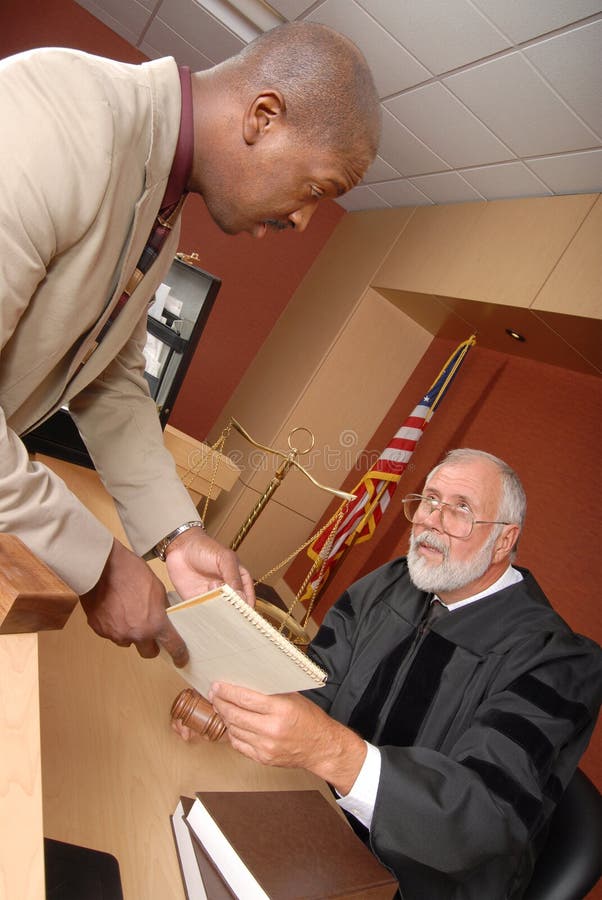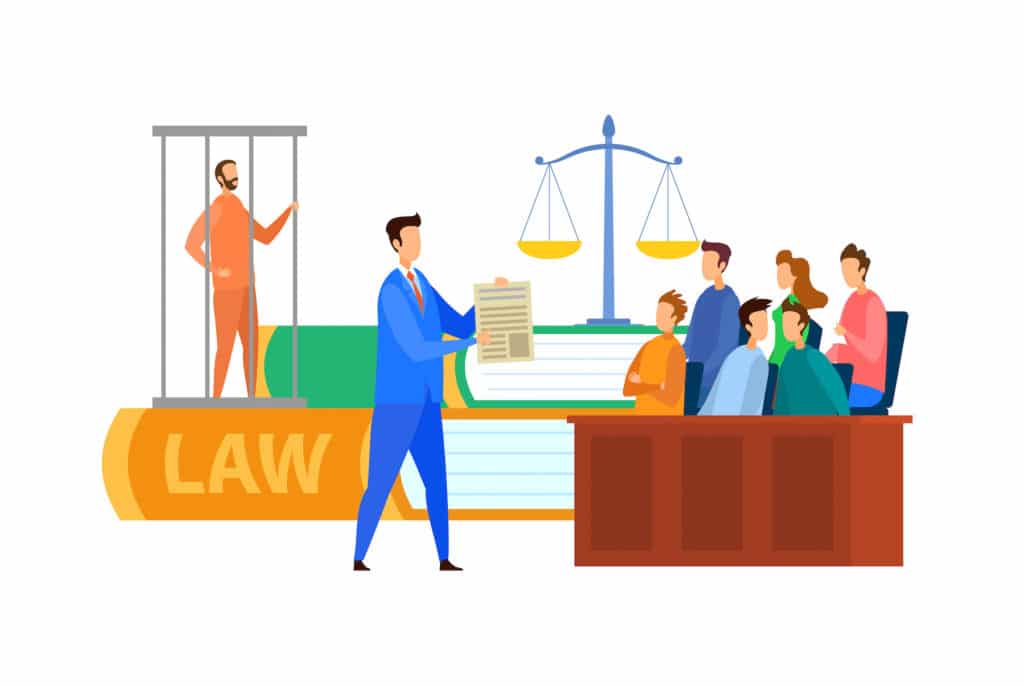Navigating the Intricacies of Trial Presentations: Tips for Seamless Delivery and Engaging Disagreements
In the realm of lawful proceedings, the art of trial discussion stands as a critical factor of success. As attorneys browse the intricate internet of courtroom characteristics, the capability to seamlessly provide debates and evidence while astounding the court's attention comes to be vital. The intricacies inherent in test presentations need a fragile balance of strategy, skill, and skill. By developing strategies that ensure a refined distribution and crafting compelling disagreements that reverberate with the target market, attorneys can dramatically enhance their advocacy. In a globe where persuasion rules supreme, mastering the complexities of test discussions is not merely an option however a need for those looking for to prevail in the courtroom.

Understanding Trial Goals
To properly browse a trial, it is important to have a clear understanding of the purposes that require to be attained. Before entering the court, lawful groups must define their goals and desired results. These goals offer as leading concepts throughout the trial, shaping strategies and influencing decision-making processes.
Comprehending trial goals includes a detailed evaluation of the instance, lawful criteria, and the customer's benefits. Trial Presentations. It calls for a meticulous examination of the facts, identifying key issues, and anticipating potential challenges. By establishing quantifiable and details objectives, lawyers can tailor their disagreements and presentations to straighten with the wanted outcomes
Additionally, a clear understanding of test goals enables lawful groups to prioritize evidence, witnesses, and lawful disagreements efficiently. It enables the growth of a systematic story that reverberates with the discretionary, reinforcing the overall situation discussion.

Organizing Evidence Efficiently
Having a clear understanding of trial purposes lays the foundation for arranging proof effectively in lawful proceedings. By straightening the presentation of proof with the preferred outcomes of the trial, lawful teams can reinforce their disagreements and enhance their persuasiveness.
One more crucial element in organizing proof efficiently is developing a logical circulation. Presenting proof in a consecutive and coherent fashion can help develop an engaging narrative that sustains the lawful disagreements being made. In addition, using aesthetic help such as timelines, charts, or charts can better enhance the organization of proof and assist in clearing up intricate relationships or sequences of occasions.
Furthermore, guaranteeing that all proof offered is admissible and appropriate to the situation is crucial. Irrelevant or inadmissible proof can take away from the toughness of the debate and potentially harm the integrity of the offering event. For that reason, a precise evaluation and option procedure need to be undertaken to include only the most lawfully sound and impactful evidence in the trial presentation.
Crafting Influential Stories
Crafting engaging narratives plays a pivotal function in presenting influential disagreements throughout lawful proceedings. When creating a narrative for a test presentation, it is crucial to develop a clear story that highlights crucial points and links them in a coherent way. By weaving together proof, testimony, and lawful debates into a natural and persuasive narrative, lawful professionals can properly advocate for their customers and increase the probability of a favorable result in the court room.
Grasping Aesthetic Aids
Efficient use aesthetic aids is crucial to boosting the impact and clearness of test presentations. Visual help, when made use of strategically, have the power to simplify intricate details, reinforce bottom lines, and leave a lasting perception on the court and court. To understand visual aids in trial discussions, it is critical to ensure that they are clear, concise, and appropriate to the debates being made.
When including visual aids, such as charts, timelines, charts, or pictures, into a trial presentation, it is vital to maintain them aesthetically appealing yet expert. The visuals must enhance the spoken debates, giving a graph of the details being reviewed without frustrating the target market with unneeded information.
In addition, experimenting the aesthetic help in advance is critical to make certain a smooth distribution throughout the trial. Familiarizing oneself with the content, transitions, and timings of each aesthetic help can assist preserve the flow of the presentation and avoid technical problems that might develop.
Providing Impactful Closing Arguments
A compelling closing disagreement serves as the conclusion of a trial discussion, encapsulating the core story and persuading the court and jury in the direction of a favorable choice. Begin by describing the major arguments that support your customer's setting, stressing why the evidence offered throughout the trial sustains your story.
Additionally, incorporating psychological allure can even more strengthen your hop over to here closing disagreement. By linking and humanizing the instance on a personal level with the decision-makers, you can stimulate compassion and understanding, influencing their understanding of the realities presented. Furthermore, repeating the lawful criteria that should be satisfied for a positive ruling can reinforce the validity of your placement. Inevitably, a well-crafted closing debate must leave a lasting impact, compelling the court and jury to regulation in your client's support.
Final Thought
Finally, understanding test presentations involves comprehending goals, organizing evidence, crafting narratives, utilizing visual aids, and delivering impactful closing arguments. By implementing these strategies effectively, lawyers can present their case flawlessly and make engaging debates in the court. It is vital to browse the complexities of trial presentations with accuracy and ability to accomplish success in legal proceedings.
By straightening the discussion of evidence with the desired outcomes of the test, lawful teams can strengthen their debates and improve their persuasiveness my latest blog post (Trial Presentations). To grasp visual help in test presentations, it is crucial to make certain that they are clear, succinct, and appropriate to the arguments being made
An engaging closing disagreement serves as the end result of a trial presentation, enveloping the core narrative and persuading the court and jury in the direction of a positive decision. Begin by laying out the primary arguments that sustain your client's placement, stressing why the click to read more evidence offered throughout the trial sustains your narrative.In verdict, grasping trial discussions involves recognizing objectives, arranging evidence, crafting stories, utilizing aesthetic aids, and providing impactful closing arguments.